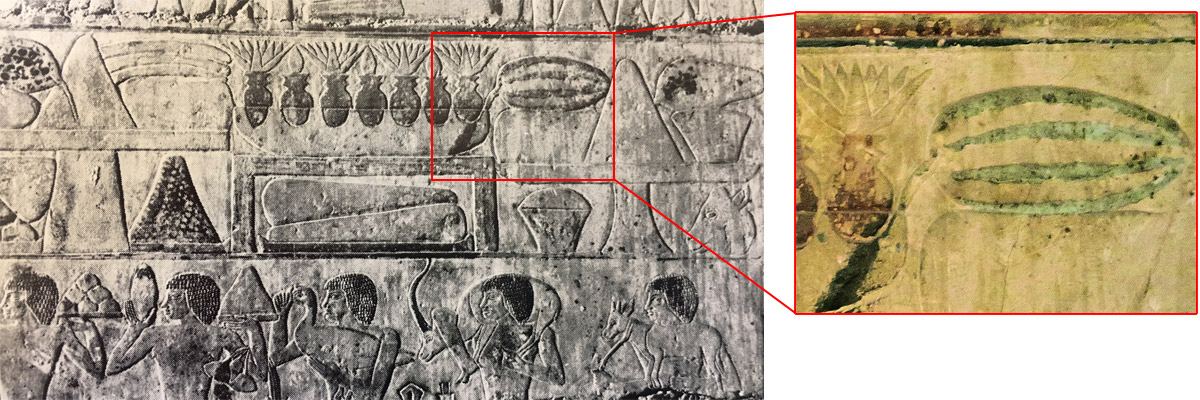By David King

(photos courtesy of S. Renner)
The history of watermelon traces back to North Africa. The flesh of wild-grown watermelons had a hard texture, pale color, and either a bitter or bland taste.
According to a genetic study published in 2019 by researchers at the University of Munich, Egyptians were planting, harvesting, and enjoying watermelons that were similar to what we eat today more than 3,500 years ago, based on a watermelon leaf discovered in an Egyptian tomb.
Watermelons were a life-saving source of hydration for Egyptians, with the ability to survive the hottest, driest seasons when stored in the shade. As for the bitter taste and unappealing texture, that disappeared with selective breeding over the thousands of years.
Another juicy archaeological tidbit came with the discovery of watermelon seeds in the tomb of Egyptian King Tutankhamun, who was buried 3300 years ago. A DNA study confirmed that our current red and sweet versions of watermelon were closely related to the ones domesticated in Egypt.

